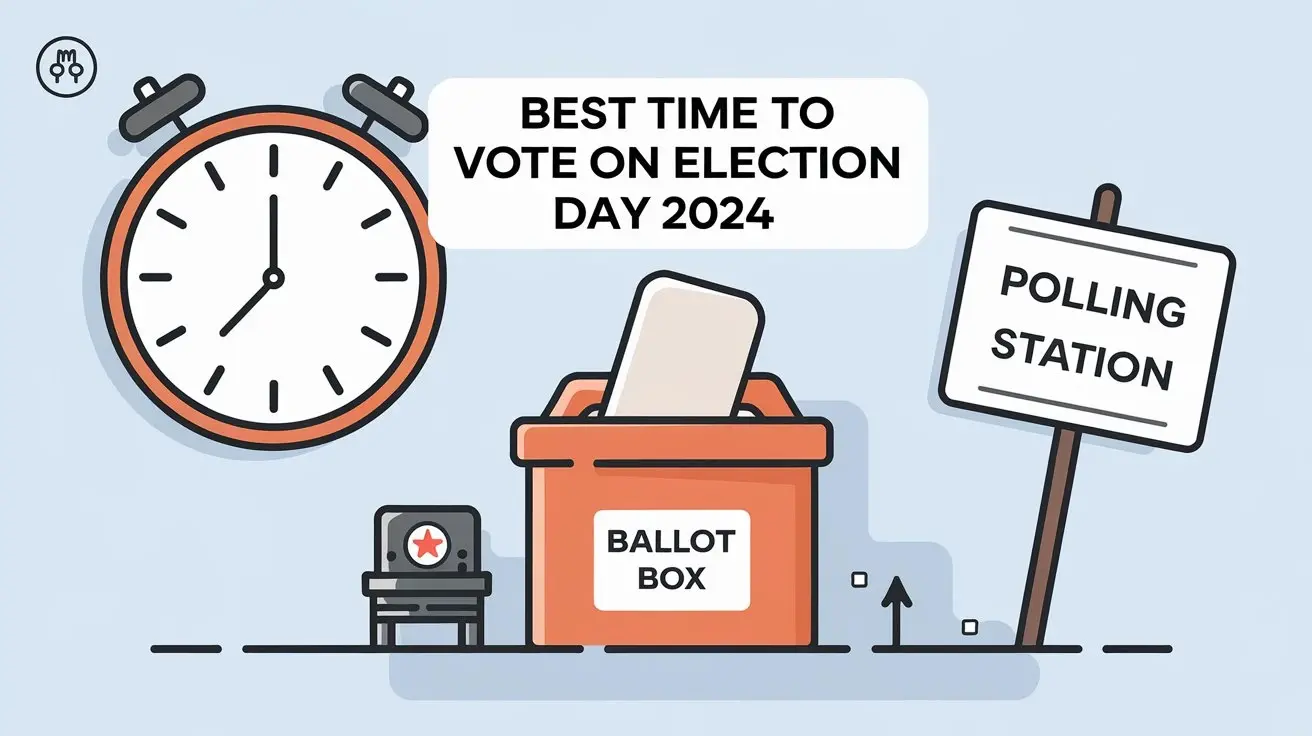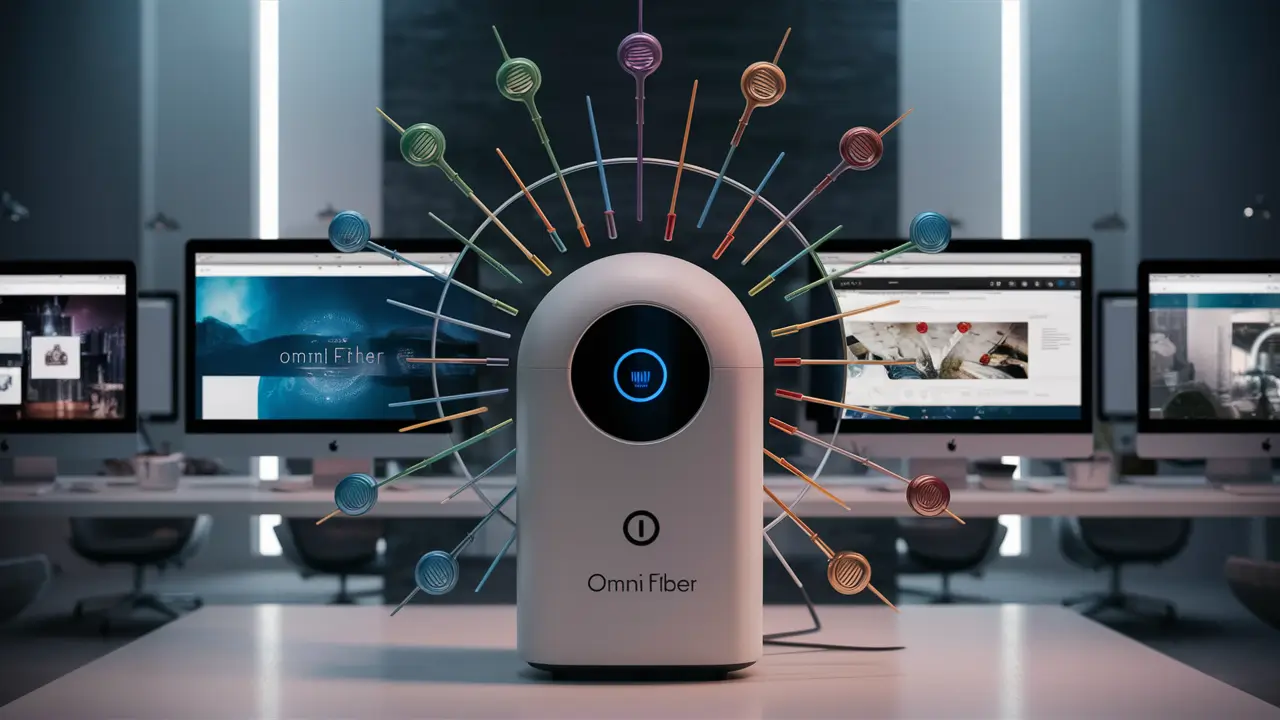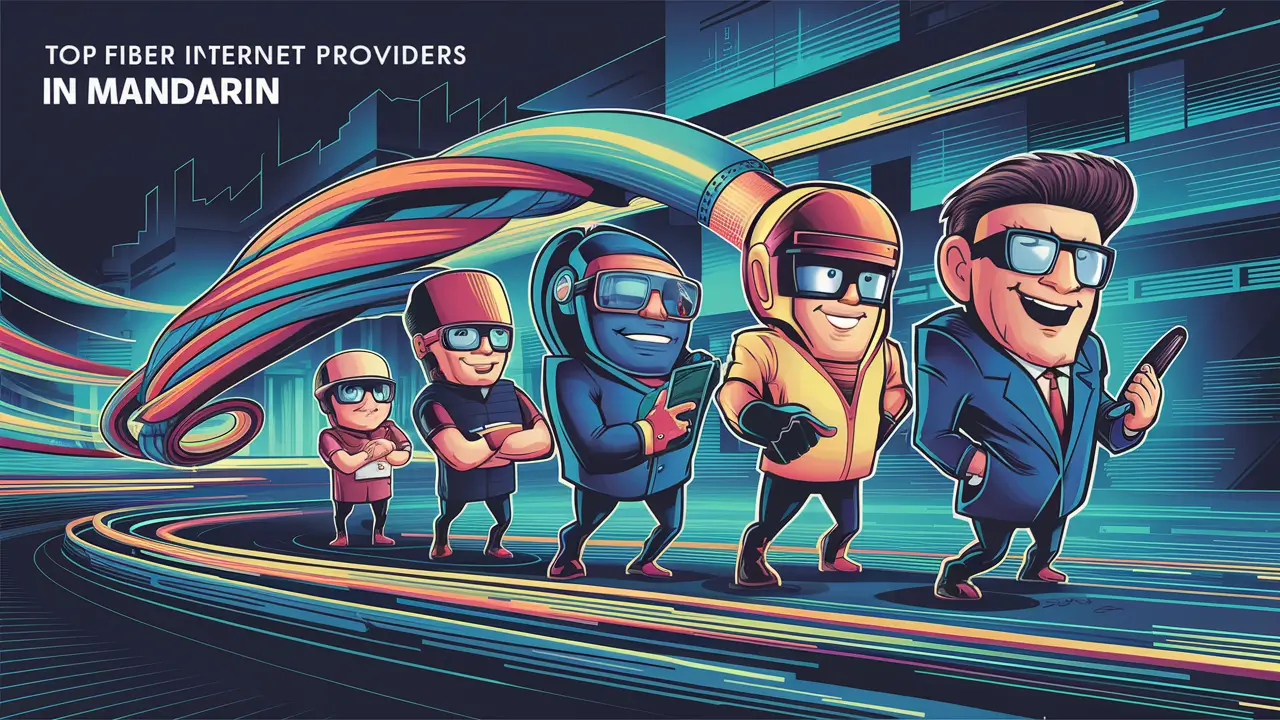
What is Basic Cable and How Do I Get It?
Basic cable is the first and the most fundamental cable TV package that allows viewers to receive several local broadcast signals and public access channels. It usually encompasses big networks such as ABC, CBS, NBC, Fox, and PBS. Currently, there are about 20-60+ channels in a basic cable package which depends on the availability in your area and cable company.
What are the Channels that are Traditionally included in Basic Cable?
While channel lineups vary, here are some of the stations you can usually expect to see in a basic cable package:
- Local Broadcast Affiliates: ABC, CBS, NBC, Fox, PBS
- Public Access Channels: The government and community reports
- C-SPAN and C-SPAN2: News and current affairs programs that are broadcast to the public and other political discourses.
- Home Shopping Channels: These include QVC and HSN.
- Basic Cable Networks: A&E, AMC, Cartoon Network, CNN, Discovery Channel, FX, Hallmark Channel, HGTV, History Channel MTV,
Nickelodeon, SyFy, TBS TLC, USA Network, VH1
- Local Regional Sports Networks: A dedicated program for marketing, college, and high school sports.
- Music Channels: CMT and music video stations CMT: Country Music Television CMT country, CMT pure country, CMT top 20 country
countdown, CMT most wanted, CMT delivered, CMT Music, CMT insider, CMT central, CMT crossroads, CMT invitations, CMT
margaritas, CMT ranch, CMT’s top 12, CMT hot 12, CMT's most wanted, CMT
- Religious Channels
- Local News Channels
- Weather Channel
As such, do not expect to be able to access all the channels that are in the premium packages or in plans that accompany the Internet and/or telephone services, but you will find options to watch the programs on the major national networks that broadcast news, sports, movies, the show of the lifestyle, cartoons, etc.
How is Basic Cable Transmitted:
Basic cable programming is transmitted in two key ways:
Analog Cable: Analog cable broadcasts television signals as RF signals, through coaxial copper wires transmission line. Everyone knows that analog cable is not as good as digital cable and offers fewer bandwidths than the latter. However, it also has a weakness in that it needs a cable box to decrypt the TV signal.
Digital Cable: Digital cable acts as an analog signal converter to improve the quality of picture and sound and it provides more bandwidth than an analog signal. To be able to view the transmissions on your TV set, it is necessary to have a digital cable box, a digital adapter, or a CableCARD device to decode the signals.
Today most cable providers give more advanced services in their cable packages through digital cable services and more program capacity. As with the previous analog basic packages, basic digital cable entails a similar design, although with improved picture quality of those channels.
How to: get basic cable
Research Providers
The first process is to use an online search to identify cable providers that offer basic cable plans in your region and the corresponding charges. Most places can be considered monopoly markets for the cable company. However, if the consumer is located in an area with multiple providers, they can compare shops for rates and packages available in channels.
Everywhere a large national cable provider such as Comcast Xfinity, Spectrum, Altice Optimum, or Cox Cable operates there are basic tier options. A few providers have sections on their websites where they list basic cable packages indicating that they want to reach customers who are inclined to take cheaper plans.
Below it, you can also consider the choices offered by the minor local cable companies and providers that may serve your address. The simplest method is to input one’s zip code to the various provider websites to check on the available plans. Television service mapping tools are used to describe cable operator's coverage areas.
Order and Installation
Once you have chosen your cable company and know the basic cable offering, you can arrange for cable service through phone, Internet, or even physically going to the company’s office. Internet and bundled TV deals may come with service contracts that span 12-24 months. However basic cable-only service is relatively affordable and can be availed without entering into annual or even monthly contracts as people can pay every month.
This varies with the kind of installation and can take as little as one day or up to a week after placing the order. A technician will visit your house and fix the cable line from the nearest tap to your house and any other equipment that you will need to start watching TV depending on the package that you choose. If you currently have unused cable wiring in your premises, your scenario may simply be a modem activation no-visit.
What is the Average Total Cost?
Thus, the price for basic cable may differ significantly depending on the location of the provider, packages offered, and promotions. According to information on related costs, you might spend $20-$50 per month using it on average. So basic cable generally provides a more affordable option in case you need the multi-channel, live TV service without entering the 200+ channel service. Budget wisely especially since you will find most service providers putting up their promotional prices after one year of service.
Cable boxes, equipment rental fees, and taxes are usually not part of the price you see on TV or in newspaper ads. You will also have to ensure that you read through whether there are any activation, installation, or early termination fees. The total monthly cost should then be factored in when comparing offerings from basic cable providers.
While Basic Cable offers a very limited channel selection at relatively affordable prices compared to satellite or other superior Cable packages, they fill the needs of customers who wish to downgrade from the aforementioned services. It is important to understand how basic cable operates and how to compare the shopping providers within your region to get this basic television service at the best value for you and your family.






